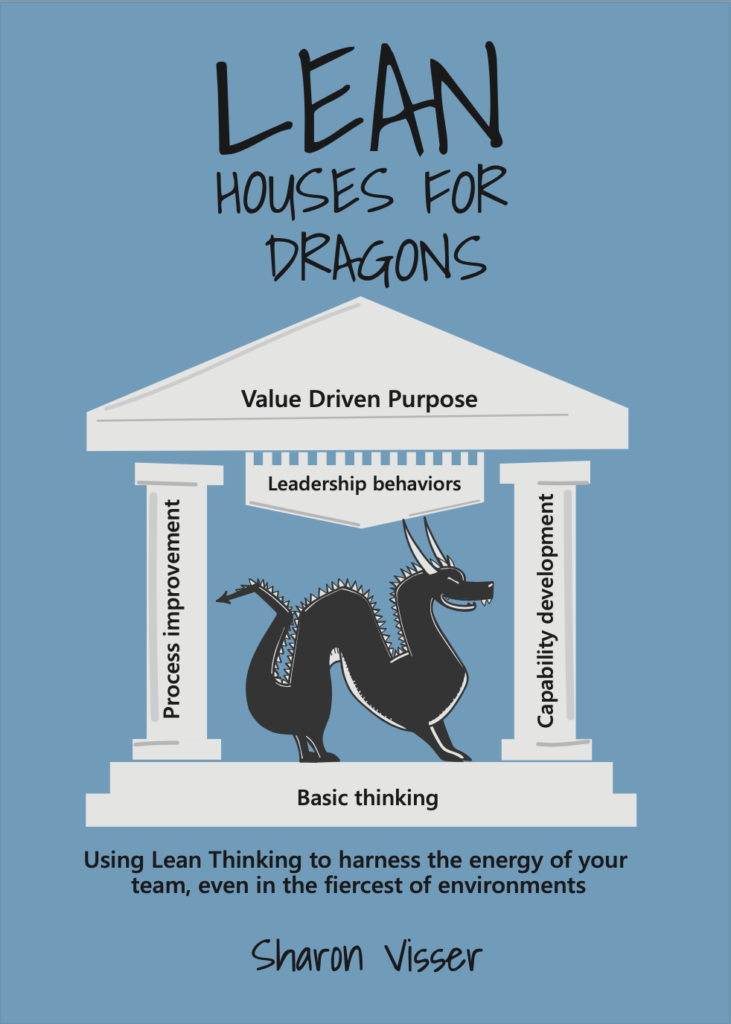
Our friend “Ayethree”
FEATURE – Using her distinctive narrative style, the author breaks down the A3 process to help you understand how it works and how you can tap into its potential.
Words: Sharon Visser
It’s your lucky day. The universe has gifted you with a personal problem-solving coach who commits his time to you 24/7. His name is “Ayethree”. Once you accept him into your sphere of control, he will stand by you for the rest of your life.
While he works with you, everything you talk about stays confidential until you are happy to share the countermeasure you have developed together. He is the perfect coach: no problem is too ugly or too difficult to share with him.
When you first meet Ayethree, he will appear to be quite blank and uncommunicative. But if you pay attention, he will start to ask you questions.
In the beginning, as with any introduction, he will want to know your name and if you are responsible for solving the problem. He then asks you the date so that the problem will not get lost in time.
His next question will be what problem you are trying to solve. He will ask you to write it down so it is clear, and to use a pencil and rubber as things might change.
When this has all been documented, he will ask : “What would the ideal situation be?” When you have written it down, he will ask you if the ideal situation is in alignment with the value statement of your organization, so you don’t lose your way. It’s his way of providing you with a compass, so you will always know where True North is.
Then he questions the current situation, as it is now. Don’t be scared of telling him the truth, however ugly it may be. He has seen it all and he believes in redemption. In fact, he believes that the only way to get better at anything is to seek out problems to solve. When you write the real current situation down, you will probably feel uncomfortable, but Ayethree is unflinching in his experience.
He then asks you to look at the gap between current situation and ideal situation. You can use words and numbers to make the gap clear. You might have to think a lot about how you are going to present this, and it is likely you will have to use that rubber. Eventually, he will sit back with a satisfied look and say: “Good, we have the real problem to solve now.”
Now that we know exactly what the gap is, let’s get our boots on and walk down to the floor where the work is being done to see if we can find out where the point of occurrence is.
We get to the floor and explain to the team the current gap we are seeing. The team on the floor maps out the process using some sticky notes, and the step in the process where the problem occurred is identified. It is time to understand the problem better, by asking who, what, where, when, how much and how. Ayethree reminds you that you need to make everyone comfortable when asking these questions. There is not a time for accusations, just curiosity and clarity.
When the problem is clear make it visual using a graph or a chart and using a target so you know if you are ahead or behind in your problem solving.
Ayethree is now prompting you to start looking at the root cause by asking the 5 whys. The whys might have division points, which can be clarified by asking if this is a quality, cost or delivery issue – also known a QCD – or a 4M’s (man, machine, materials or method). Maybe the problem has been caused by the environment, like a leaking roof or very high temperatures.
When you have found the root cause, Ayethree asks if you have checked the root cause result by reading it backwards using the word “therefore” to see if it still makes sense.
Yes, eureka! You are happy you have a root cause to work on. You go back to your workspace with Ayethree and share a well earned cup of coffee while discussing countermeasures and coming up with a few possibilities.
You write down the possible countermeasures. There are quite a lot, so Ayethree reminds you that countermeasures can be sifted by asking questions. Is the countermeasure in alignment with the value to the customer? Does the countermeasure suit the whole process?
What can the impact be on the previous or subsequent processes? Can it be standardized? Who is involved in making it happen? Have you looked at possible variables?
Ayethree then advises that the problem-solving process is now at the stage where the input from a supervisor or colleagues would be beneficial, just to pull on a different experience. The problem might then need approval, so Ayethree tags along to the meeting and helps you to explain the problem and get an ok to proceed.
Before implementing the countermeasure, it is the exciting time of changing the work. This must always be considered as an experiment and, like all good experiments, requires documentation and observation.
You head back down to the floor with Ayethree and explain the countermeasure to the team, making sure that everyone understands and works with the change rather than against it. Then, as a team, you see the countermeasure through and help to make it happen, observing if it has created an improvement (don’t forget the target chart, as this is its time to shine).
Ayethree pushes you a little to fill in the results of the improvement. Did it work for the customers? For the company? Did it help you to develop your problem-solving skills and the skills of the people doing the work? Were there negative effects from the change, maybe extra costs or an increase in man hours? Ayethree reminds you that we must look for any negative effects we might have caused.
If you have done all this and the change is working, celebrate the improvement of the situation with the team doing the work. Remember that the work is not yet over, however: a problem is only solved when it becomes a written standard to prevent it from happening again.
It’s now time to go home. As you get into your car, Ayethree makes himself comfortable at the office. He has a 24/7 job that he loves, he probably spends his time waiting for you thinking about other problems he can help you with. Then again, why leave him at work when you can take him home and help you there, too. As I said, he is a 24/7 kind of guy.

Learn more from Sharon in her unique book Lean Houses for Dragons, available here.
THE AUTHOR

Read more


FEATURE – By changing its attitude towards problems and welcoming them as opportunities to learn, this Colombian construction company has turned around its culture.


FEATURE – By looking at two practical examples, the authors discuss the cognitive shift towards learning and continuous improvement that takes place in a lean transformation.


FEATURE – By using lean management, the Hospital São Francisco (HSF) near São Paulo, Brazil, has improved its ability to deal with dengue epidemics – treating patients more quickly and efficiently.


FEATURE – Through kaizen, people can directly participate in the improvement work. But without a manager’s clear responsibility and follow-up, they will left alone with the consequences of the introduced changes.

